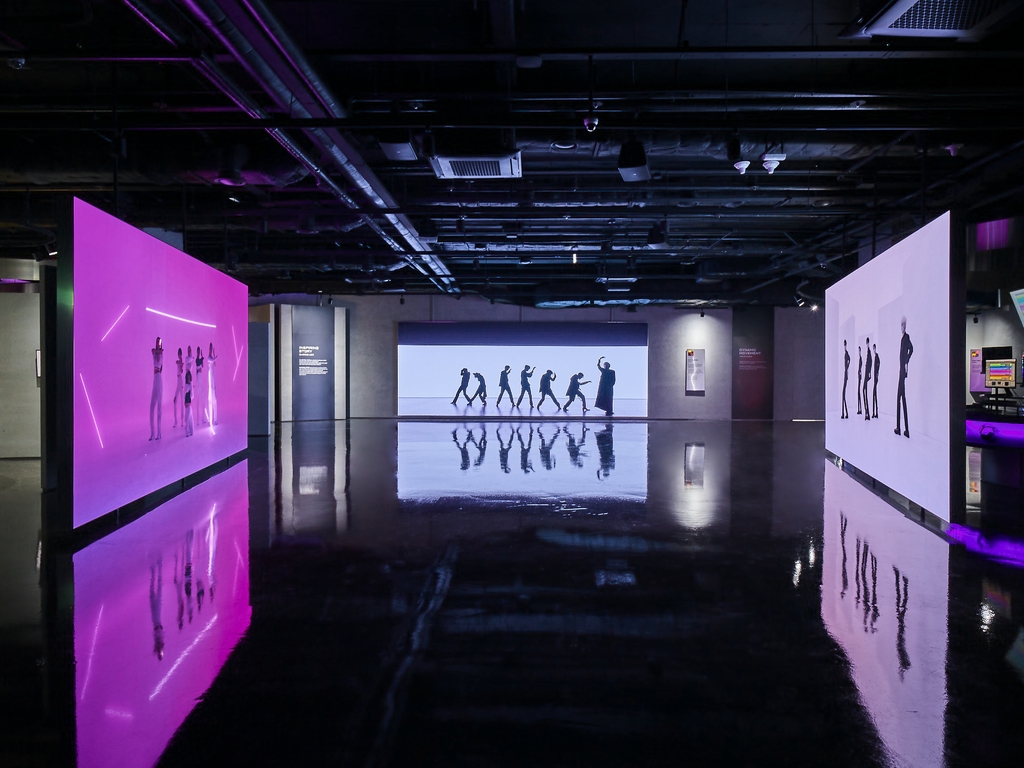Virtual entertainment, driven by virtual idols, AR/VR, and immersive media, is transforming business models, audience engagement, and global markets.

The way we experience entertainment is changing faster than ever. No longer limited to sitting back and watching a screen, audiences today are stepping into immersive worlds where they can interact, participate, and even shape the story in real time. Thanks to rapid advances in virtual and augmented reality (VR and AR), the entertainment landscape is expanding into a booming new frontier: virtual entertainment. Estimates by Grand View Research indicate that the global immersive entertainment market is projected to grow from USD 114 billion in 2024 to over USD 442 billion by 2030, reflecting an annual growth rate of more than 26%. One of the most remarkable examples of this trend is the meteoric rise of virtual idols, with South Korean virtual K-pop group PLAVE leading the charge.
Virtual Entertainment Trends Driving Industry Growth
Reporting by Reuters in May 2025 describes PLAVE, a virtual K-pop boy band launched in 2023 by Vlast, featuring five animated members whose performances are driven by real artists using motion-capture technology. Their hidden identities enhance their appeal and intrigue fans worldwide. In two years, PLAVE has attracted over 470 million YouTube views. Their album Caligo Pt. 1 sold over a million copies in its first week, and their music has charted globally. Supported by HYBE and YG Plus, they exemplify the rise of virtual entertainment.
The success of PLAVE highlights the transformative impact of virtual entertainment on business operations. For example, virtual idols create entirely new marketing possibilities. A 2025 study by Chen, Truong, and Triprom revealed that consumers’ purchase intentions are strongly influenced by three factors: an idol’s perceived attractiveness, their competence, and the immersive quality of the digital environment. When all these elements align, they reinforce consumer trust and engagement, ultimately leading to higher sales.

PLAVE at MAMA 2024 (Photo: PLAVE Official X)
For brands, virtual idols can be deployed across multiple markets without logistical constraints or the risk of personal scandals that often come with human celebrities. This blend of reliability and adaptability is especially attractive in a crowded digital marketplace.
How Virtual Idols are Changing Consumer Engagement
Operationally, companies investing in virtual entertainment must allocate a significant number of resources toward advanced design tools, AI modelling, and real-time animation systems. These resources were not traditionally needed in conventional entertainment production. The payoff, however, is highly attractive. Findings from PwC’s Global Entertainment & Media Outlook in 2024 show that the global entertainment and media industry is on track to reach USD 3.4 trillion by 2028, driven partly by digital formats like VR concerts and interactive streaming. Malaysia is seeing similar momentum, with the country’s entertainment and media revenues growing 2.3% to RM50.3 billion in 2023 and projected to rise at a compound annual growth rate of 3.2% through 2028.
Beyond production and marketing, virtual entertainment also reshapes how businesses connect with audiences. For example, PLAVE’s live-streamed performances allow the human performers to see fan reactions in real time, creating a dynamic feedback loop that deepens the emotional connection. This interactive format not only heightens engagement but also generates valuable data. Companies can analyse viewer preferences, participation patterns, and purchase behaviours to fine-tune future content and merchandise strategies. Previously, such granular insights were difficult or impossible to capture during traditional live concerts.
Virtual idols also make entertainment more accessible. Fans no longer need to travel long distances or spend hundreds of dollars on concert tickets. Instead, they can log in from anywhere worldwide and enjoy front-row experiences from their living rooms. This democratization of access extends brands’ reach to global audiences with minimal additional cost, paving the way for scalable revenue models.
The Business Case for Immersive Digital Experiences
Looking ahead, the future of virtual entertainment appears even more promising as it merges with the emerging metaverse. Virtual idols and immersive experiences are well positioned to become central elements in these interconnected digital spaces, where fans can shop, socialize, and attend live events in fully realized virtual environments. Data from the Statista Market Forecast in 2024 projects that as AR and VR hardware become more affordable and high-speed internet continues to expand, especially in Asia Pacific, revenue in the AR and VR market in Asia is expected to reach US$16.5 billion in 2025, enabling even more consumers to participate in these experiences.

Music Museum by HYBE Insight (Photo: HYBE Insight)
The impact will not stop at concerts and music. Projections by the IMARC Group indicate that the online entertainment market will accelerate as smartphone penetration reaches 69% globally, with 6.7 billion subscriptions. This trend drives growth across gaming, streaming services, and virtual events. Meanwhile, the global gaming market alone is expected to nearly double in value, from USD 241 billion in 2024 to over USD 471 billion by 2032. This growth reflects the increasing demand for immersive and interactive experiences, which are central to the evolution of virtual entertainment. As more companies invest in such content, the boundaries between entertainment, commerce, and social connection will continue to blur.
Ultimately, virtual entertainment is proving far more than a passing trend. It represents a fundamental shift in how business is created, shared, and monetized. As the technology continues to mature and audiences embrace richer, more interactive experiences, businesses that invest in this space now will be well placed to thrive in an increasingly digital future.

